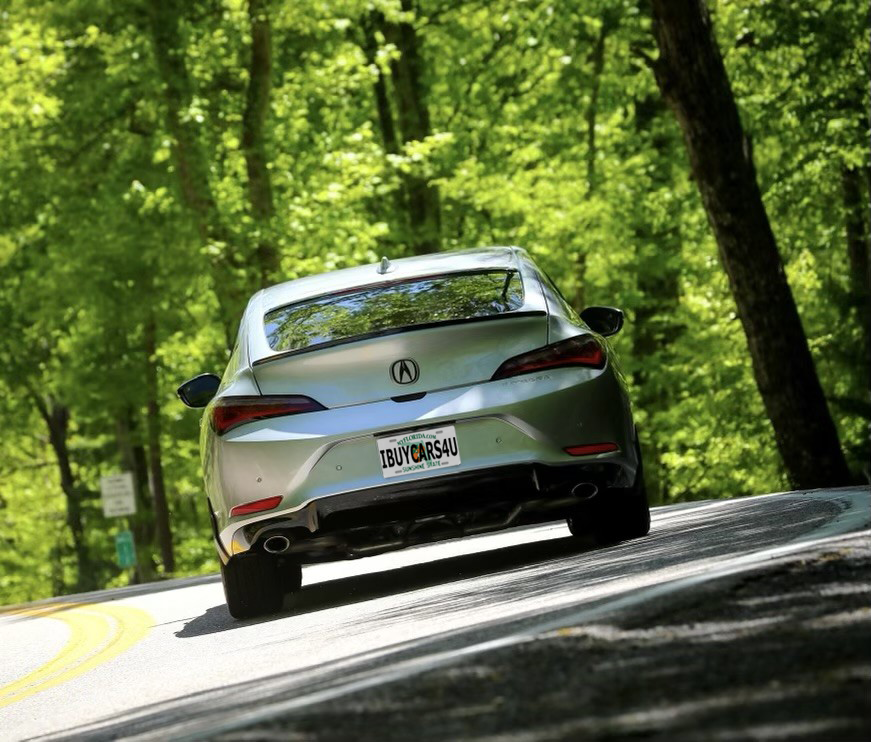From the Wall Street Journal Archives: Sunday Journal
October 12, 2003
By KELLY K. SPORS
Staff Reporter of THE WALL STREET JOURNAL
Depreciation can put a much bigger dent in the value of your car than you might think.
Buying incentives dangled by car makers such as General Motors and Ford in the past few years have, in effect, stepped up the depreciation rates on most domestic cars. Why? Because while it’s nice to get a cash rebate when you buy a new car, these sweetheart deals essentially push down the values of used cars along the way by creating a glut of used vehicles that must have their prices slashed in order to sell. As a result, your car’s value could plummet by as much as 45% in just the first year you own it, wiping out the rebate’s value — and then some — when you go to sell. Depreciation usually then slows down the longer you own the car.
To ease the sting of depreciation, consider what kind of car is likely to fetch the most come resale time.
Foreign Edge
Foreign autos, such as Honda, Toyota, Audi, and Volkswagen, generally hold their value much better than domestic cars.
For example, while the Honda Pilot, a popular sport-utility vehicle, will probably keep 57% of its original value after three years and 45,000 miles, a Ford Explorer will keep only about 38% over the same period. If you consider that they both sell for about $30,000 new, that’s a $5,700 difference in resale value after three years.
Another reason to care about depreciation: If your car gets totaled in a crash, your auto insurance reimburses you for its current value. So if you’re in a two-year-old Toyota Camry, you’ll get a lot more back than if you were driving a Ford Taurus of the same age.
Big Hit Comes Early
Autos, on average, depreciate 20% to 30% in their first year, with another big drop in their second year, which means buying a car a few years old makes the most financial sense.
Some cars such as Lincoln Continentals lose as much as 15% of their value just being driven off the lot. (Luxury towncars and small domestic sedans such as the Dodge Neon have the worst depreciation values.) But some makes such as Audi barely lose that amount in their first year.
Depreciation is an important factor to keep in mind unless you plan to drive your vehicle “till its wheels fall off,” says Jesse Toprak, a senior analyst for Edmunds.com, an online automotive consumer guide. Average buyers keep their autos for four and a half years.
To see how much vehicles lose to depreciation, check out the Edmunds.com “True Cost to Own” database. Go to edmunds.com, click on the blue “ownership” button at the top of the page and then click on “True Cost to Own.”
Make and model aren’t the only factors in resale value, says Tony Langenderfer, who owns a firm that helps customers buy cars in Sarasota, Fla.
Picking out popular colors and extra features such as sunroofs and leather seats, even if you don’t want them yourself, can sometimes garner you a couple thousand more dollars in resale value. Silver, white and black autos sell the best.
“You may hate silver, but by golly that’s going to hold its value much better than maroon or dark green,” Mr. Langenderfer says.
Write to Kelly K. Spors at kelly.spors@wsj.com
Shrinking Value
How some of the new domestic and foreign autos for 2004 will likely hold up in value after three years and 45,000 miles.
| Auto | Approx. New Price (Before Incentives) | Resale Value After Three Years (Predicted) | Residual Value (After Three Years) |
| Honda Accord | $19,147 | $11,678 | 61% |
| Volvo S40 | 21,184 | 9,920 | 47 |
| Buick Century | 20,067 | 7,833 | 39 |
| Dodge Neon | 13,441 | 4,675 | 35 |
Source: Edmunds.com
